Goji berry is a highly valued plant used in traditional Chinese medicine. The first information about it dates back to 5000 BC, when it was grown in the lands of the Tibetan Himalayas and Northern China.
Fresh goji berries are usually only available in the areas where it is grown. The dried fruit from it are available in the markets, mostly in the USA. They have a much higher sugar content than other dried fruit.
Goji berries have a sweet taste and their fine structure allows them to be picked only by hand. Goji berries are eaten raw, but can also be consumed as juice and even wine, brewed as a tea, or made into a tincture.
They are also a suitable addition to muesli, oatmeal, yogurt, soups, salads, cakes, creams, biscuits or semolina desserts.
The daily and healthy dose of goji berries per day is 30 g. With this seemingly minimal amount, this unique fruit gives our body more vitamin C than oranges, more beta-carotene than carrots and more iron than a portion of red meat.
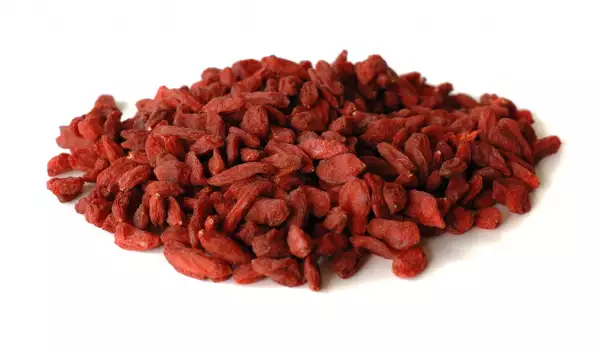
There are 82 calories in 100 g of goji berries. Goji berries contain twenty-one grams of sugar and three grams of dietary fiber. This provides 8 percent of the daily value for carbohydrates and 12 percent of the daily value for fiber.
A serving of the fruit contains 1 gram of protein, or 2 percent of the daily value for protein. Contains 1.6 grams of fat, i.e. - 3% of the daily value for fat. This fat content consists entirely of unsaturated fats.
Each serving of goji berries provides the body with 12 mg of iron per serving, which is 67 percent of the daily value for iron. It also contains 20 mg of vitamin C or 33% of the daily value for vitamin C.
The vitamin A content is 5.7% of the daily value for vitamin A, while the calcium content of a serving of goji berries is 8 mg, or 0.8% of the daily value for calcium. Goji berries also contain copper, phosphorus, iodine, potassium, zinc, selenium and no cholesterol.
Also read what goji berries are good for, what the goji berry side effects are and how to store goji berry.
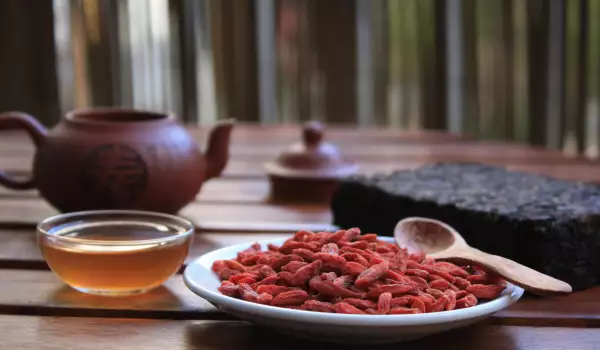





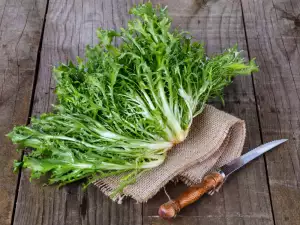



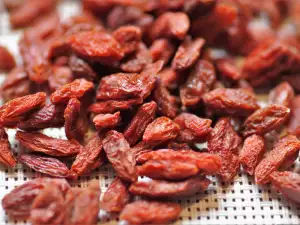
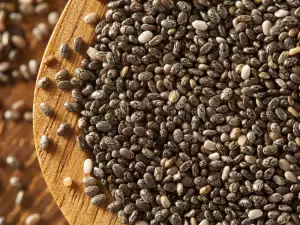


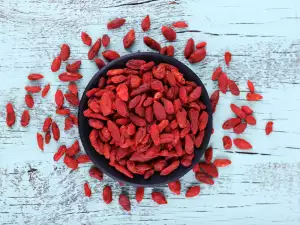
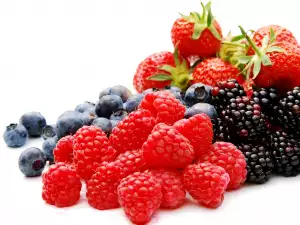




Comments